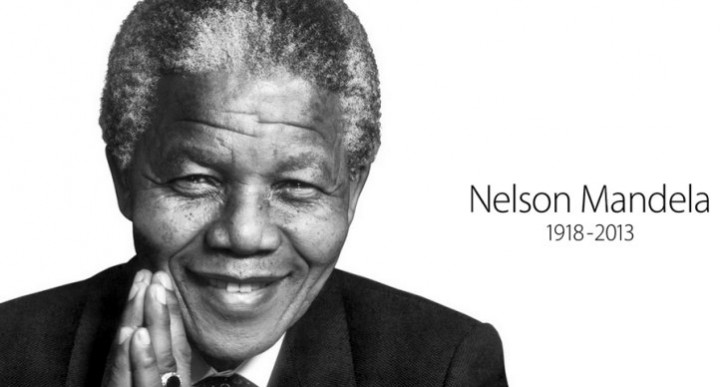Narrative Tenses
Trong phần thi nói IELTS part 2, đôi khi các bạn thí sinh được yêu cầu nói về “past event” hay thường hơn là tả người, vật hoặc nơi. Trong các bài nói này, yếu tố “kể lại” là một phần không thể thiếu. Trong mục tiếng Anh hằng ngày tuần này, ArrowEnglish sẽ cùng bạn nhắc lại những thì thông dụng khi kể chuyện hay hồi tưởng lại 1 sự việc trong tiếng Anh.
Everything is all in the past
We tell stories and anecdotes /ˈænɪkdoʊt/ all the time. Maybe we’re telling stories to our children, telling an amusing anecdote to entertain our friends or even simply saying what we did at the weekend.
One thing is common to all these different kinds of stories. That’s the past. They all happened in the past. Therefore, it’s very important to know the past verb forms and use them correctly.
Can you identify the past verb forms in the following paragraph?
I was walking down the street to the shops. I hadn’t been walking for very long when it started to pour down. I had forgotten to bring my umbrella so I got drenched.
The answer is:
past continuous = was walking
past perfect continuous = hadn’t been walking
past simple = started
past perfect simple = had forgotten
past simple = got
Past forms, a reminder
The past simple can be used for actions that started and finished in the past, for example a series of events in someone’s life.
Nelson Mandela was born in 1918. He became the first black President of South Africa. He spent 27 years in prison in his battle against the system of apartheid.

- The past continuous for background information and to describe a scene or situation that continued for some time.
At 6 o’clock that evening Dan was still missing. Bobby was feeling worried.
Bonnie was barking loudly.
Past simple and past continuous
We often use the past simple and past continuous together when one action interrupts another.
I was strolling along the beach one day when suddenly, Bonnie ran off.
It was still raining when Bobby woke up the next morning. Dan was sitting at the table when she went into the kitchen.
- The past perfect simple is used to show that one action in the past happened before another action in the past.
I had forgotten to bring my umbrella.
Past simple and past perfect
We can use the past perfect with the past simple together in a sentence to describe an action that happened before another past action.
I quickly realised that the storm the previous night had washed up the body.
Bobby knew that Dan hadn’t wanted to come home but she also knew that he hadn’t had any other option.
- Past perfect continuous
We use this tense to describe something that has been happening over a long period of time.
I could tell that the body had been lying on the beach for several hours because the man’s clothes were dry.
Britain had been trying to negotiate a peaceful settlement between Poland and Germany.

